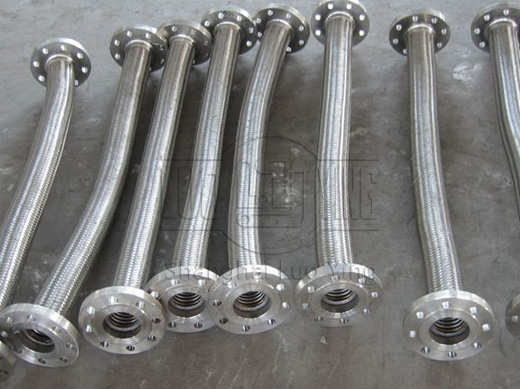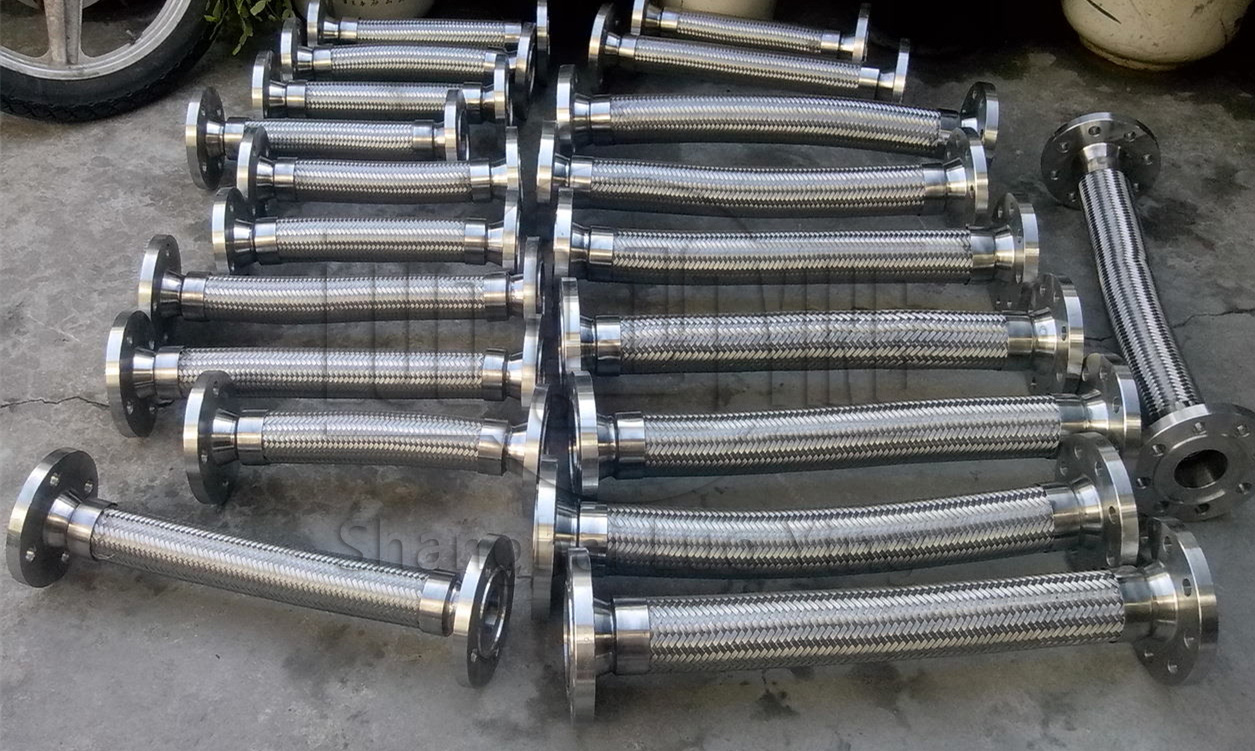How to install metal hose.
Oct-23-30
How to install metal hose.Installing a metal hose can be a relatively simple process if you have the right and follow the right steps. Here is a step-by-step guide to help you install a metal hose correctly:

Step 2: Turn off the water supply Locate the shut-off valve for the area where you will be installing the metal hose and turn it off. This will prevent any water flow while you work on the installation.
Step 3: Remove the existing hose (if applicable) If you are replacing an existing hose, use a wrench to loosen the fittings and remove the hose from the faucet or valve. Be careful not to damage any surrounding pipes or fixtures in the process.
Step 4: Apply Teflon tape Wrap Teflon tape around the threaded ends of the fittings. This will help create a watertight seal when you connect the metal hose to the faucet or valve.
Step 5: Install the fittings Attach one end of the metal hose to the faucet or valve by twisting it onto the threaded end. Use a wrench to tighten the connection, ensuring a secure fit. Repeat this step for the other end of the hose.
Step 6: Check for leaks Turn on the water supply to test the installation. Check for any leaks around the fittings, and if you notice any, use a wrench to further tighten the connections.
Step 7: Adjust the hose length (if necessary) If the metal hose is too long for your intended use, you can adjust its length by cutting it with a pipe cutter or hacksaw. Be sure to measure and mark the desired length before making any cuts. After cutting, use sandpaper or a file to remove any rough edges from the cut end.
Step 8: Connect accessories (if applicable) If you need to connect any accessories, such as a nozzle or sprayer, simply twist them onto the threaded end of the metal hose. Use a wrench to ensure a tight connection.

Step 10: Clean up and maintenance After installation, clean up any debris or leftover materials. If necessary, use a damp cloth to wipe down the metal hose to remove any dirt or dust. Regularly inspect and maintain the hose to ensure its longevity and proper functioning.
In conclusion, installing a metal hose involves gathering the necessary tools, turning off the water supply, removing any existing hose, applying Teflon tape, installing the fittings, checking for leaks, adjusting the hose length if needed, connecting accessories, testing functionality, and performing cleanup and maintenance. By following these steps, you can successfully install a metal hose for various applications.

